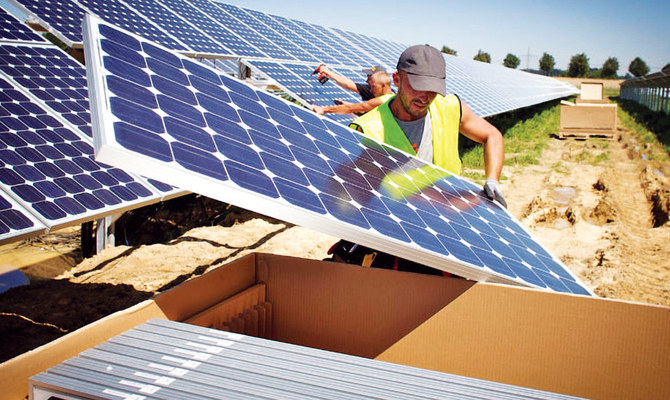Solar generators have gained significant popularity as a sustainable and convenient power solution for various applications, from camping trips and outdoor events to emergency power backup at home. Their ability to harness the sun’s energy and convert it into electricity offers an eco – friendly alternative to traditional fossil – fuel – based generators. However, like any electrical device, safety is of utmost importance when using solar generators. To ensure a worry – free experience and prevent potential hazards, there are several key safety features that users should never overlook. Understanding these features can help you make an informed decision when purchasing a solar generator and use it safely in different situations.
Essential Safety Features of Solar Generators You Must Know
Overcharge and Overdischarge Protection
One of the fundamental safety features in modern solar generators is overcharge and overdischarge protection. Overcharging occurs when the battery continues to receive power even after it is fully charged, which can lead to battery degradation, overheating, and in extreme cases, fire. On the other hand, overdischarging happens when the battery is drained beyond its safe limit, reducing its lifespan and potentially causing irreversible damage.
Most high – quality solar generators are equipped with built – in charge controllers that monitor the battery’s charging and discharging process. These controllers automatically cut off the power supply once the battery reaches its full charge, preventing overcharging. Similarly, they stop the power output when the battery level drops too low, safeguarding against overdischarge. This protection not only extends the life of the battery but also significantly reduces the risk of safety incidents.
Overheat Protection
Solar generators can generate heat during operation, especially when charging or powering high – wattage devices. Excessive heat can damage the internal components of the generator and pose a fire risk. To address this, many solar generators are designed with overheat protection mechanisms.
These mechanisms typically include thermal sensors that continuously monitor the temperature inside the generator. When the temperature exceeds a pre – set threshold, the generator automatically shuts down or reduces its power output to prevent overheating. Some models also feature cooling fans that help dissipate heat, ensuring the generator operates within a safe temperature range. Overheat protection is crucial for maintaining the integrity of the generator and protecting users from potential heat – related hazards.
Short Circuit Protection
Short circuits can occur when there is an abnormal connection between two electrical conductors, allowing a large amount of current to flow through the circuit. This can cause rapid heating, damage to the generator, and even start a fire. Solar generators are equipped with short – circuit protection to prevent such dangerous situations.
Internal fuses and circuit breakers are common components used for short – circuit protection. In the event of a short circuit, the fuse will blow or the circuit breaker will trip, immediately 切断 the electrical current and isolating the problem area. This stops the flow of electricity and prevents further damage to the generator and connected devices. Short – circuit protection is essential for ensuring the safety of both the generator and the users, as well as protecting any electrical equipment plugged into it.
Fire – Retardant Materials and Design
The use of fire – retardant materials in the construction of solar generators adds an extra layer of safety. Fire – retardant casings and internal components are designed to resist the spread of fire in case of an internal malfunction or overheating. These materials are engineered to self – extinguish or slow down the combustion process, giving users more time to react and prevent a fire from escalating.
In addition to fire – retardant materials, the overall design of the solar generator also plays a role in safety. Proper insulation of electrical components, secure connections, and well – ventilated enclosures all contribute to reducing the risk of fire and electrical shock. A well – designed solar generator with fire – safety features provides greater peace of mind during use.
Conclusion
Safety should always be a top priority when using solar generators, and being aware of the essential safety features is key to ensuring a safe and reliable power source. Overcharge and overdischarge protection, overheat protection, short – circuit protection, and the use of fire – retardant materials are all critical aspects that should not be overlooked. By choosing a solar generator with these safety features and following the manufacturer’s instructions for use and maintenance, you can enjoy the benefits of clean, renewable energy without compromising on safety. Whether you’re using a solar generator for outdoor adventures or as an emergency backup at home, prioritizing safety will help you make the most of this innovative power solution while protecting yourself, your property, and the environment.








